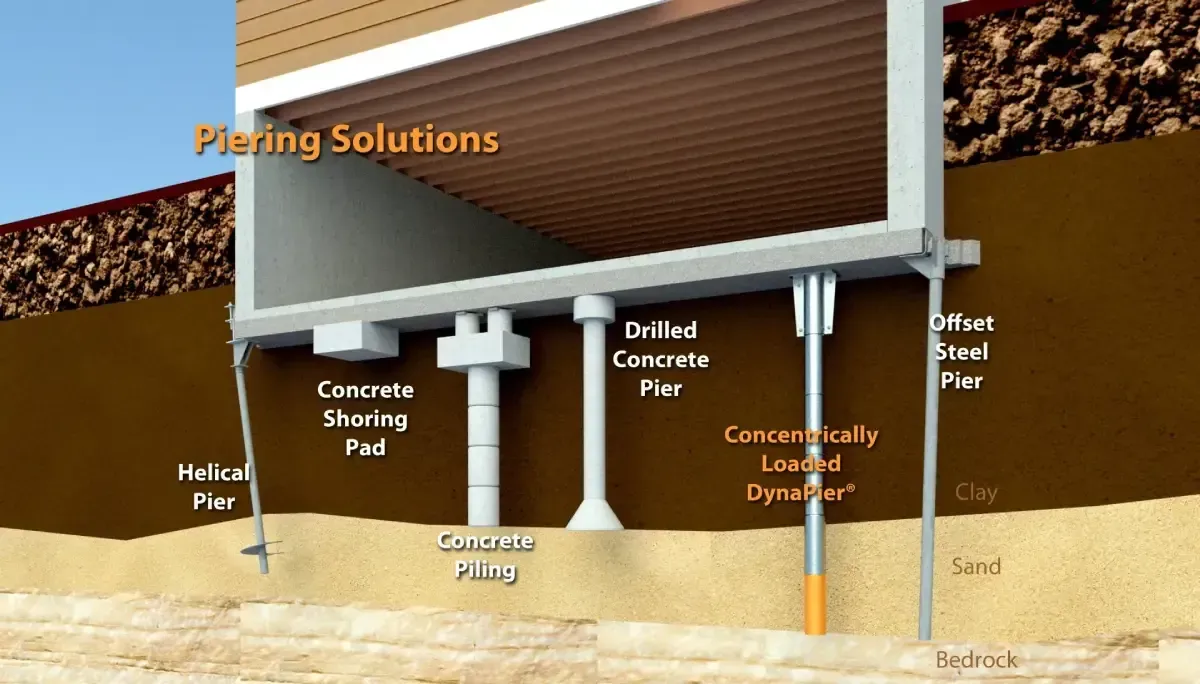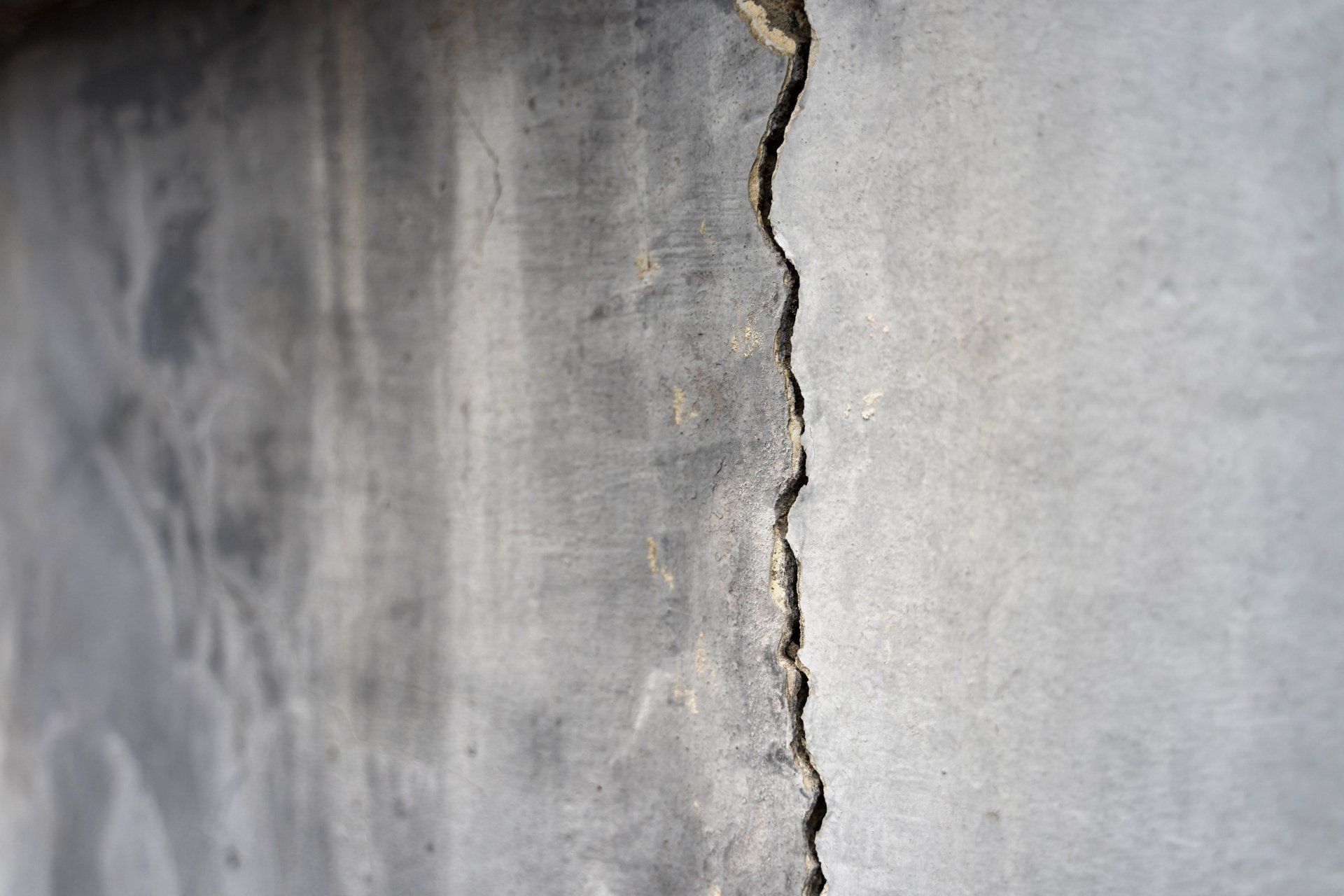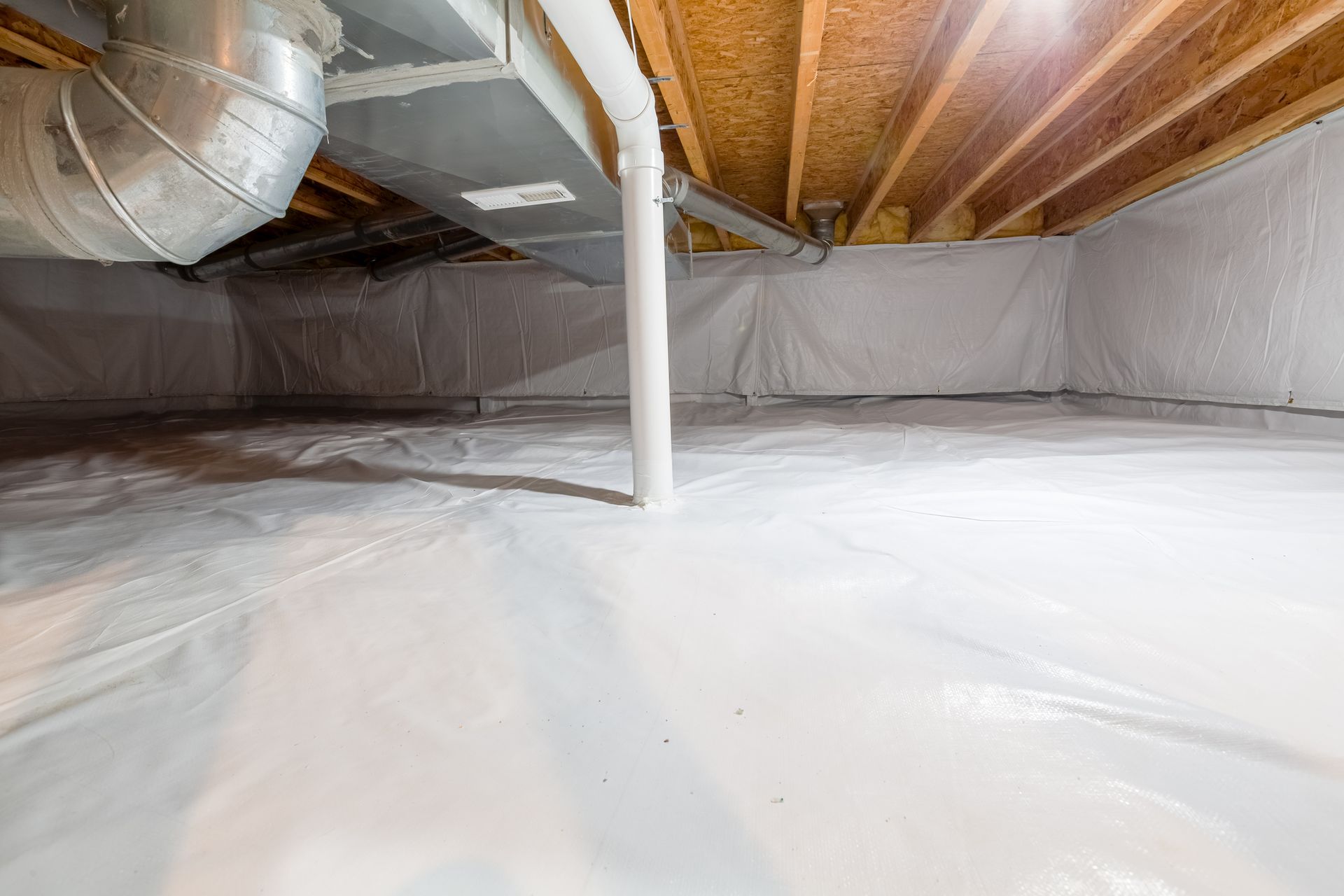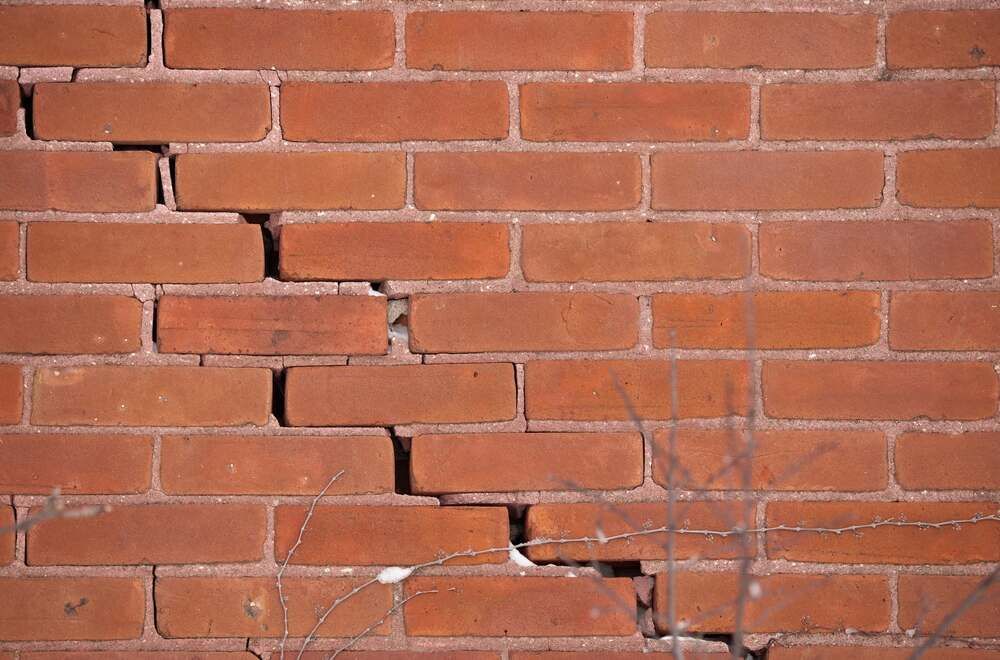What Causes Bowed Basement Walls and How to Repair It?
Reasons for Bowing Basement Walls

Bowed basement walls are one of the most serious structural concerns, often caused by some invisible external pressures. It would be from expansive soils, hydrostatic pressure, or poor drainage around your foundation.
If you leave it untreated, this issue gradually starts affecting the integrity of your home and can lead to costly repairs that could have been prevented.
In this guide, we’ll examine the primary factors behind bowed basement walls and discuss the most effective solutions to restore the foundation.
Major Reasons for Bowing Basement Wall
Expansive Soil
Expansive soil, also known as "shrink-swell" soil, is considered one of the leading reasons for the bowing wall. The foundation walls are built to have heavier loads, and the soil pressure against their structure is not always balanced.
If the soil either beneath or around a wall absorbs excessive moisture, it expands and contracts when it dries. This continuous expansion and contraction make the walls unstable and lead to bowing either inward or outward.
Hydrostatic Pressure
Though invisible, the excessive hydrostatic pressure puts a powerful pressure against the walls. It is particularly for the basements or below-grade walls that are connected with the groundwater. When water soaks into the soil behind a basement wall, the pressure increases from 1,150 pounds to 2,880 pounds for every foot of the wall and can cause it to bow inward.
Frozen Soil
With the temperature drop in the cold climate, water expands roughly by 9%. The expanded freezing water creates a "frost heave," which gives uneven pressure around the foundation and causes it to bend inward. Even during the freeze-thaw cycle, when soils go through repeated freezing and thawing, it worsens the damage.
Poor Drainage
When the gutters are clogged and downspouts discharge water too close to the foundation, water pools around the basement instead of being directed away. It saturates the soil, makes it expand, and puts hundreds of pounds per square foot of lateral hydrostatic pressure against the wall. It simply causes it to bow or bulge.
How to Repair a Bowing Basement Wall?
Based on the underlying causes listed above, you need to prepare for the specific repair methods. PierMagic has listed some of the well-proven repairing methods you can apply to address this issue:
Method 1: Wall Plate Anchors
Wall plate anchors are listed as the proven method to stabilize and gradually straighten bowed basement walls. It is applicable when bowing is noticeable but has not yet led to cracking or significant foundation damage.
For instance, large, heavy-duty steel plates and high-strength rods are used to transfer the lateral pressure pushing the wall inward to the stable soil. The professional contractor first inspects your basement walls and determines the optimal location to set up the wall anchors.
Then, small holes are excavated around the exterior foundation, and the anchor plates are buried in stable soil about 10 feet deep. A steel rod is then inserted through the wall, connecting the interior plate to the exterior anchor.
Finally, they mount the interior wall plates over the rods and make the bowed wall stable by tightening the rods gradually. It is regarded as a non-invasive and cost-effective solution to have moderate support for the bowed walls.
Method 2: C-Channel Anchors
When you want a permanent but minimally invasive solution without replacing the full foundation, C-channel anchor systems can be a great choice. They are one type of wall anchor system, consisting of steel C-shaped channels.
These channels are mounted vertically on the interior basement wall. A professional inspector first maps out optimal anchor locations based on the severity of the damage. Based on that, they excavate small holes around the exterior foundation.
Then, small holes around 1 to 2 inches wide are drilled through the basement wall to line them up with the exterior holes. The C-channel bracket is then connected to the exterior anchors with steel rods and tightened securely. It provides tension and pulls back the wall.
Method 3: Helical Tie Back Wall Anchors
Helical tieback wall anchors are one of the most effective methods to provide lateral support and fix bowed basement walls, particularly if they are shifted more than two inches. Anchors are likely steel rods with screw-like helices.
They are used to drill through the basement wall and are anchored deep into the stable foundation. The other end of the tieback is attached to the bowed wall with a load-transfer bracket. It overall creates tension that works against the lateral soil pressure and restores the wall.
Method 4: Steel I-beams
Steel I-beams are the most widely used method to stabilize bowed basement walls. It is especially efficient when the wall has bowed up to 2–4 inches and you need urgent stabilization to prevent further movement or collapse.
The beams are typically installed vertically along the length of the bowed basement wall. They would be spaced about every 4 to 6 feet. These beams work as braces, which move the lateral soil and water pressure from the wall to the ceiling joists.
The top is being connected to the floor joists or ceiling structure, and the bottom with the basement floor through anchor bolts. It provides strong support and stops the wall from bowing further.
Method 5: Carbon Fiber Straps
The Rhino system offers a permanent solution for bowed or shearing basement walls. It is mainly one of the strongest residential concrete bracing products available.
Their patented industry-leading product and installation method works on poured and block (CMU) walls, bonding carbon fiber to the frame (top) and foundation (bottom) to prevent shear damage; this utilizes the tensile strength of carbon fiber. Rhino Carbon Fiber holds a patent on the bowed wall repair system, making the Rhino Carbon Fiber Bowed Wall Repair Kit one of the best carbon fiber bowed wall repair systems on the market.
Method 6: Epoxy Crack Injection
The modern epoxy crack injection method is one of the most effective fixing methods that not only restores the structural integrity of the bowed wall but also repairs cracks and prevents water seepage.
In this process, a two-part epoxy resin is injected into the cracks in concrete or masonry basement walls. Once cured, the epoxy forms a bond with the crack, seals it against water intrusion, and restores the wall’s original strength. With crack sealing and prevention of water seepage, you can save the wall from related damage such as mold or efflorescence.
Method 7: Wall Reconstructions
Once you are done with all the methods above and the wall still has excessive bowing and displacement, you may need to reconstruct the wall. You have to fully or partially demolish the damaged wall and rebuild it to restore structural integrity and long-term safety.
Bowed basement walls are a notable structural issue that may even put you at risk if you don’t notice them in time. A variety of effective repair methods, starting from wall anchors and steel I-beams to carbon fiber straps, are available to restore your foundation.
Contact us if you notice signs of bowing or cracks in your basement walls. Our professional foundation specialist will assess the severity and suggest customized repair solutions to protect your home.
Contact Us




